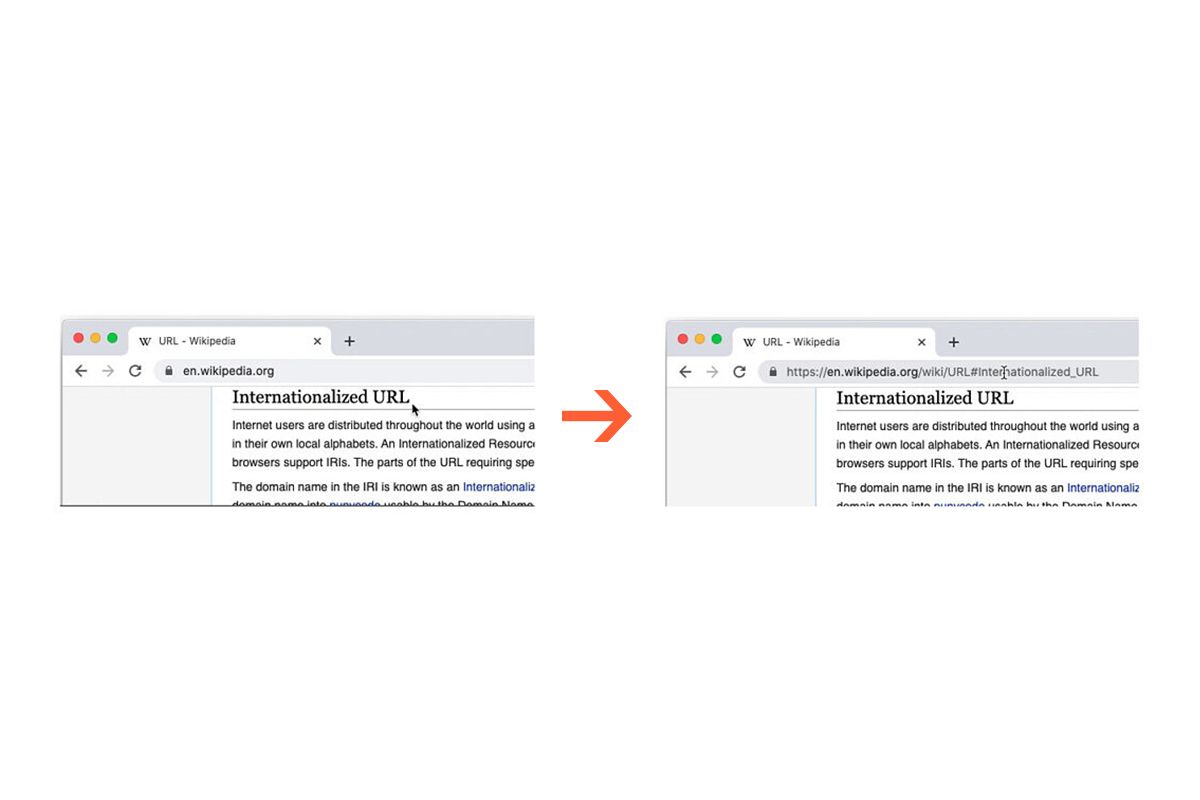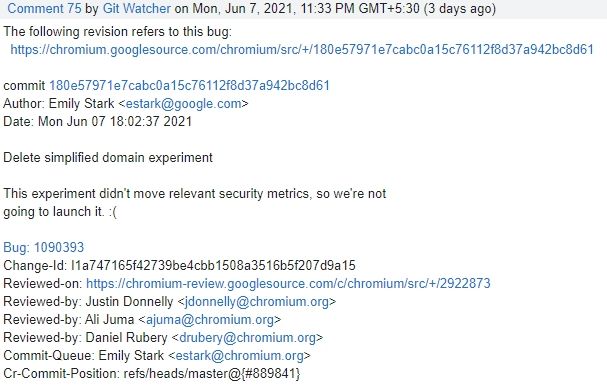Google kicked off an experiment with Chrome 86 last year to help users avoid phishing and other social engineering attacks. The experiment automatically hid part of the URL for some users -- leaving only the domain name by default. The idea behind the move was to help users easily differentiate legitimate websites from misleading ones. However, it doesn't seem to have made much of a difference. As a result, Google has now announced that it's ending the experiment.
A recent update on the Chromium bug tracker (via Android Police) states that hiding the URL didn't help improve user security in the way Google had hoped. Therefore, the company is now shutting down the experiment. It states: "This experiment didn't move relevant security metrics, so we're not going to launch it."
The change is already live in Chrome 91, which started rolling out on the stable channel late last month. If you have the update installed on your device, you won't have to make any changes to the browser settings or enable/disable any flags to see the full URL. Chrome will automatically show the full URL, with only the "https://" bit hidden by default. In case you wish to see that too, you can right-click on the address bar and select the "Always show full URLs" option.
It's worth noting that Chrome 91 also disabled the ability to revert back to the old tab design in Chrome for Android. The update forces users to use the new tab grid layout, which hasn't been well-received. I'm not a huge fan of the new tab grid layout either, so I hope the negative feedback prompts Google to give users an option to disable the tab grid layout. For more information on what's new in Chrome 91, check out this post.


